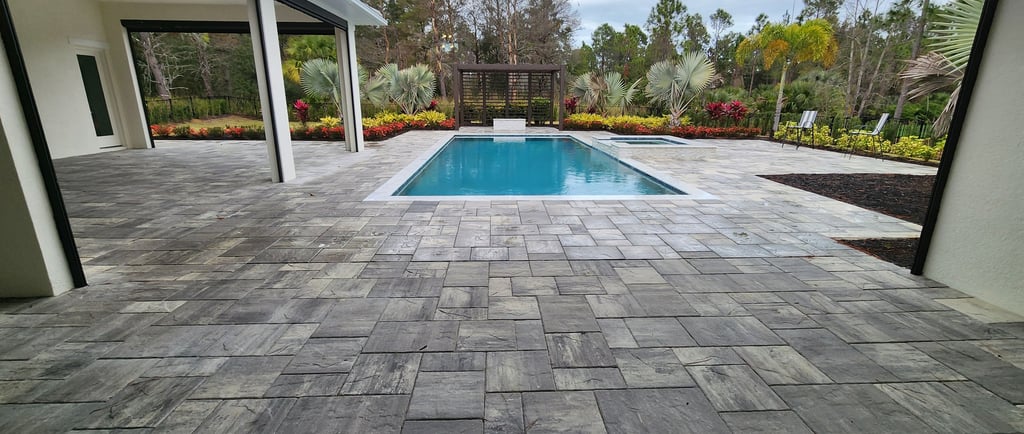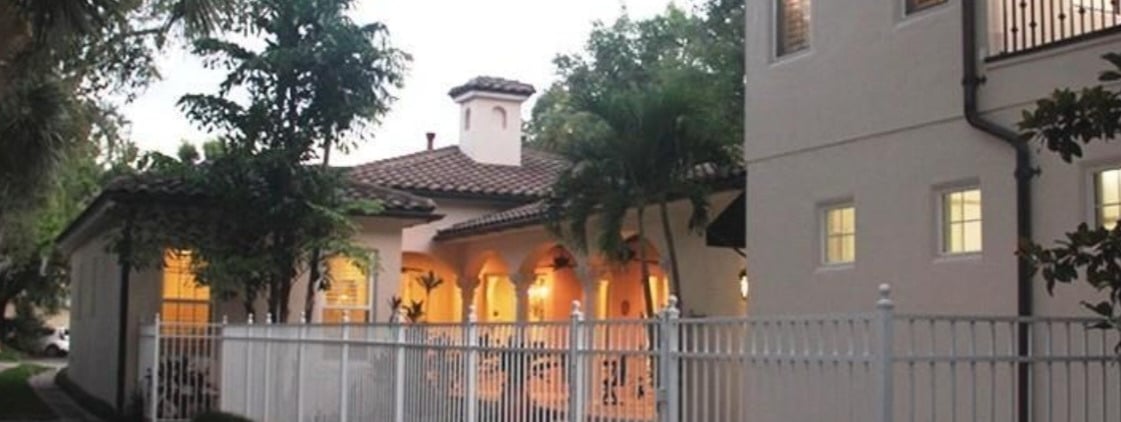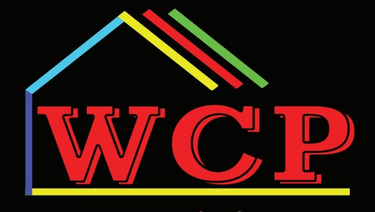Soft Washing
Hisory of Soft Washing
3/18/20252 min read


The Evolution of Cleaning: How Soft Washing Changed the Pressure Washing Game
Traditional pressure washing has long been the go-to method for cleaning exterior surfaces — blasting away dirt, mold, and grime with high-pressure water. But as effective as it can be, this aggressive approach isn't always the best solution, especially for more delicate surfaces like roofs, siding, or wood decks. That’s where soft washing comes in — a smarter, safer alternative that’s rapidly gaining popularity.
What Is Soft Washing?
Soft washing is a cleaning method that uses low-pressure water combined with biodegradable chemical solutions to safely remove mildew, bacteria, algae, and other organic stains. Instead of relying on force, it relies on chemistry, making it ideal for surfaces that could be damaged by high pressure.
The Origin of Soft Washing
Soft washing was developed in the 1990s by AC Lockyer, a roof cleaning expert who noticed that traditional pressure washing often damaged roofing materials. Drawing from his background in plant and soil sciences, Lockyer created a cleaning system that used gentle water pressure and specialized solutions to break down stains at their root — without harming the surface. This method not only preserved the integrity of roofs and siding, but also kept them cleaner longer.
Why It Matters Today
As homeowners and businesses become more environmentally conscious and surface-aware, soft washing has become a preferred method for exterior cleaning. It’s safer, more sustainable, and in many cases, more effective than traditional pressure washing.
Whether you’re looking to clean your home’s siding, roof, or fence, soft washing offers a powerful clean — without the power washer damage.
The Evolution of Cleaning: How Soft Washing Changed the Pressure Washing Game
Traditional pressure washing has long been the go-to method for cleaning exterior surfaces — blasting away dirt, mold, and grime with high-pressure water. But as effective as it can be, this aggressive approach isn't always the best solution, especially for more delicate surfaces like roofs, siding, or wood decks. That’s where soft washing comes in — a smarter, safer alternative that’s rapidly gaining popularity.
What Is Soft Washing?
Soft washing is a cleaning method that uses low-pressure water combined with biodegradable chemical solutions to safely remove mildew, bacteria, algae, and other organic stains. Instead of relying on force, it relies on chemistry, making it ideal for surfaces that could be damaged by high pressure.
The Origin of Soft Washing
Soft washing was developed in the 1990s by AC Lockyer, a roof cleaning expert who noticed that traditional pressure washing often damaged roofing materials. Drawing from his background in plant and soil sciences, Lockyer created a cleaning system that used gentle water pressure and specialized solutions to break down stains at their root — without harming the surface. This method not only preserved the integrity of roofs and siding, but also kept them cleaner longer.
Why It Matters Today
As homeowners and businesses become more environmentally conscious and surface-aware, soft washing has become a preferred method for exterior cleaning. It’s safer, more sustainable, and in many cases, more effective than traditional pressure washing.
Whether you’re looking to clean your home’s siding, roof, or fence, soft washing offers a powerful clean — without the power washer damage.
A New Way


ContaCct
wallcolorpainting.com © 2024. All rights reserved.
